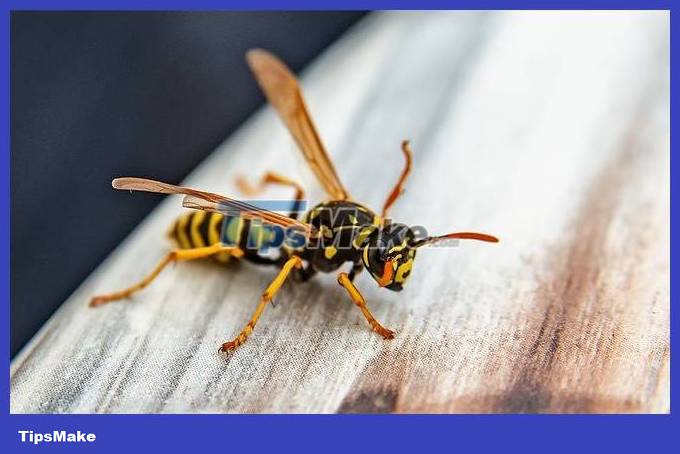30 hornets massacred 30,000 bees in 3 hours
The video filmed by National Geographic recorded the process of a swarm of 30 hornets attacking and killing 30,000 European honey bees, breaking into the nest and pulling out young bees to eat.
The video begins with an image of a small group of hornets approaching a large beehive, numbering up to tens of thousands. First, wasps attack in front of the nest, and with their sharp teeth they easily bite and kill each wasp one by one. Normally, wasps will chew the honey bee's body and turn it into liquid and then return to the nest to raise their young. But because they launched a major attack and were attacked back by honeybees, they no longer followed the schedule of flying back to the nest after each kill. They continue to attack honey bee nests.
The honey bees tried to fight off their enemies, but their venom was almost ineffective against the wasps' tough shell.

With outstanding strength, the wasps defeated each bee without mercy, slaughtering everyone who stood in their way. In just one minute, the wasps knocked down 40 honey bees and this number increased to 10,000 in just 1 hour.
The hornets began to feel tired after hours of slaughter, but because the prize was sweet honey deep inside the honeycomb, they continued to attack. After each attack, the hornets will eat the honeybees to get more energy.
After 3 hours, honey bee corpses were lying on the ground, the entire territory with 30,000 bees was completely destroyed. Even the large honey bee colony still failed in the battle to protect its young children.
Hornets are 4 times the size of honey bees, their sting is like a hot sharp nail that can penetrate the opponent's body. In addition, this species of bee also has an incredible flying speed, up to 25 mph (40.23 km/h) and can fly up to 60 miles (96.56 km).
You should read it
- Tarantula's poison spider 'collapses' before the poisoning shots of wasps
- What is Dark Web? Who uses it? The potential dangers of Dark Web and warnings
- Simple way to 'identify' insect bites
- All Vietnamese users should know about botnets
- The potential dangers of Wi-Fi
- 7 species of plants have special abilities like humans
 The Lion King's worst hunting failure made everyone laugh
The Lion King's worst hunting failure made everyone laugh The scene of deer eating snakes scared many people and the surprising reason behind
The scene of deer eating snakes scared many people and the surprising reason behind Busy chasing squirrels, the flame-tailed eagle crashed into the wall
Busy chasing squirrels, the flame-tailed eagle crashed into the wall Birds eat, mate and sleep while flying, can fly for 10 months without landing
Birds eat, mate and sleep while flying, can fly for 10 months without landing The moment the peacock spreads its wings to fly in the beautiful sky
The moment the peacock spreads its wings to fly in the beautiful sky The most expensive type of lychee in the world, once sold 1 lychee for 1.8 billion VND
The most expensive type of lychee in the world, once sold 1 lychee for 1.8 billion VND